It’s time for some cranberry, pumpkin, apples, and everything spiced! Sweater season is here which means we’re hungrier than ever. Want to know what food to cook this Fall? Keep on reading!
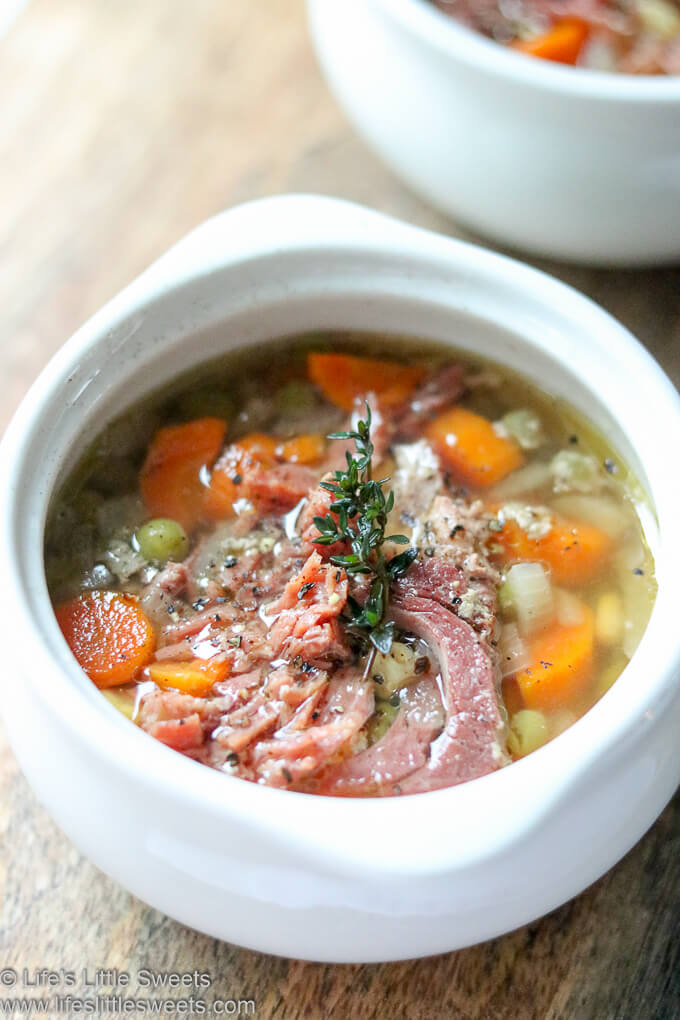
Omnivore loving vegan, gluten-free & beverage recipes

Fall Food Lists Recipes By Season
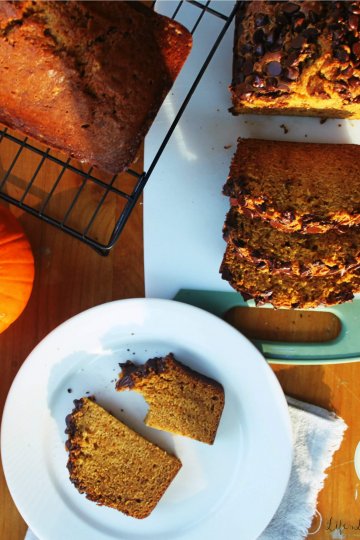
Any Season April August breads brunch recipes December Desserts Entertaining Fall February Food January July June March May November October Recipes Recipes by Diet Lifestyle Recipes By Month Recipes By Season September Spring Summer Sweet Vegetarian Recipes Winter
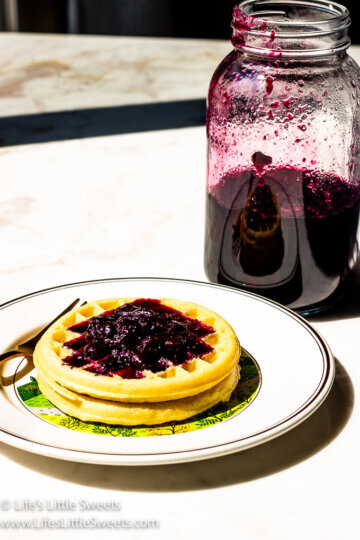
Any Season April August December Events Fall February Food January July June March May Northeast November October Recipes by Diet Lifestyle Recipes By Month Recipes By Season September Spring Summer Summer Solstice Sweet toppings USA Region Vegetarian Recipes Winter

Desserts Food July June Popular Recipes Recipes Recipes by Diet Lifestyle Recipes By Month Recipes By Season Summer Sweet Vegetarian Recipes
Life’s Little Sweets celebrates seasonal cooking and local food pathways. Find inspiration from farms, CSAs, and home gardens with recipes that highlight fresh ingredients, community, and the joy of cooking through the seasons. Continue Reading
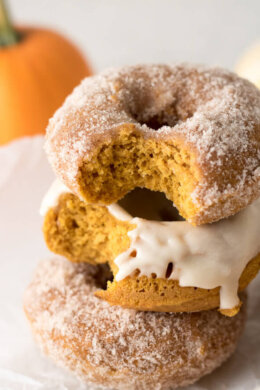
It’s time for some cranberry, pumpkin, apples, and everything spiced! Sweater season is here which means we’re hungrier than ever. Want to know what food to cook this Fall? Keep on reading!
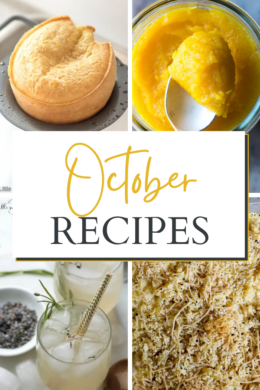
October means fall is upon us. This might be the season that you’re craving for some warm pies, pumpkin bread, and cold drinks — like wine for example. Or simply just some coffee or tea for those who don’t want to go in the alcoholic route.

Are you looking for some refreshing drink to beat out the hot summer heat or do you just want to try a few new dishes on the grill for July?
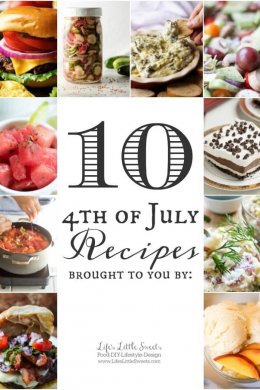
Here are 10 4th of July Recipes! We got you covered from savory family style main dishes, sides to sweet dessert options. *This post was originally published on 7/2/2018 and updated 6/23/2019 Hello Everyone! Independence Day, better known as 4th of July is upon us, so what are you making for this classic American holiday?...

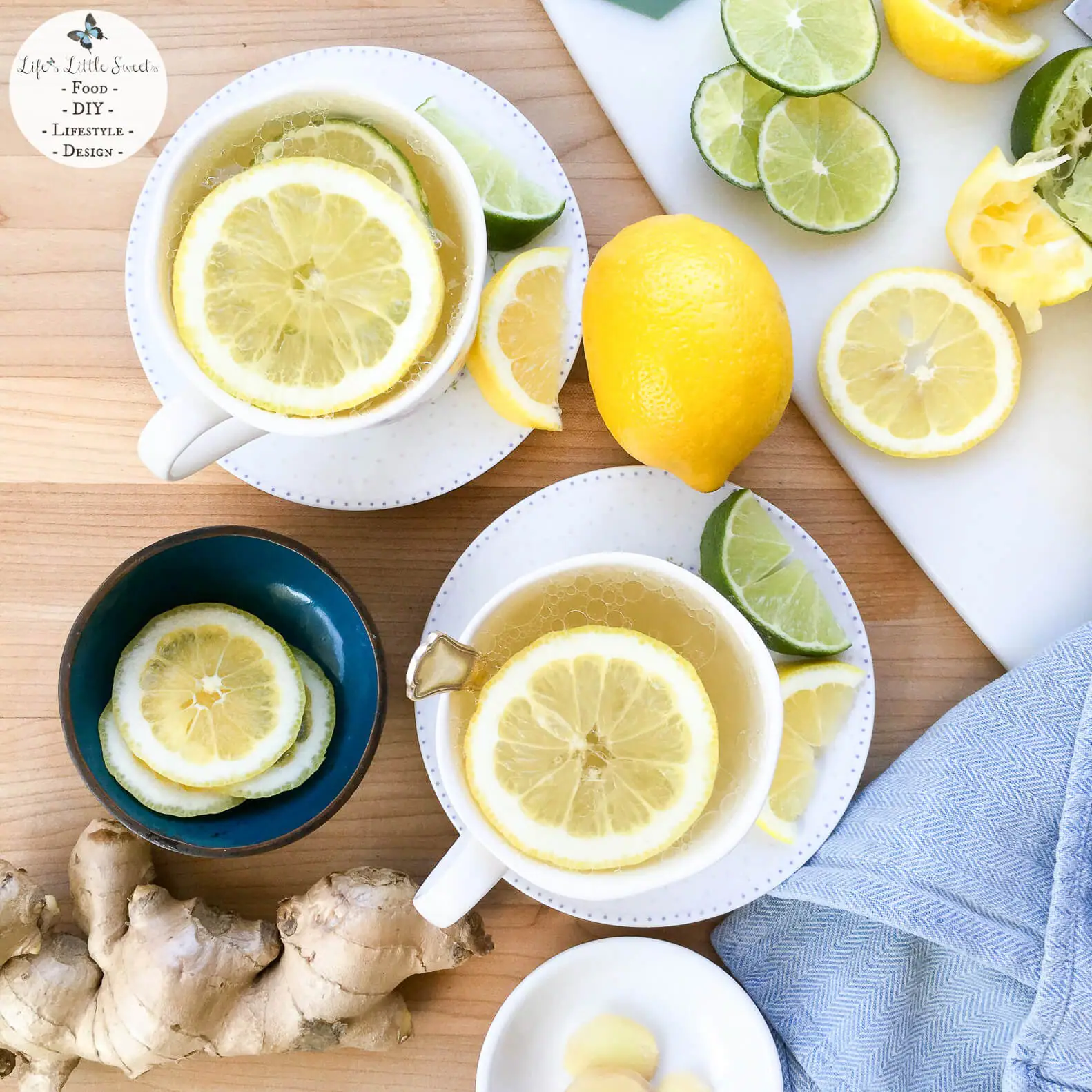



This post may contain affiliate links. Please read my disclosure policy
Estimated reading time: 7 minutes
Preserving the delicate beauty of flowers has been a popular pastime for centuries, with the Victorians popularizing the practice as a way to express sentiment and create intricate designs. Today, pressing flowers remains a beloved hobby and an opportunity to create stunning works of art that can be enjoyed for years to come. In this article, we will explore the history of pressing flowers, the different methods of pressing flowers, and the creative ways in which they can be used.
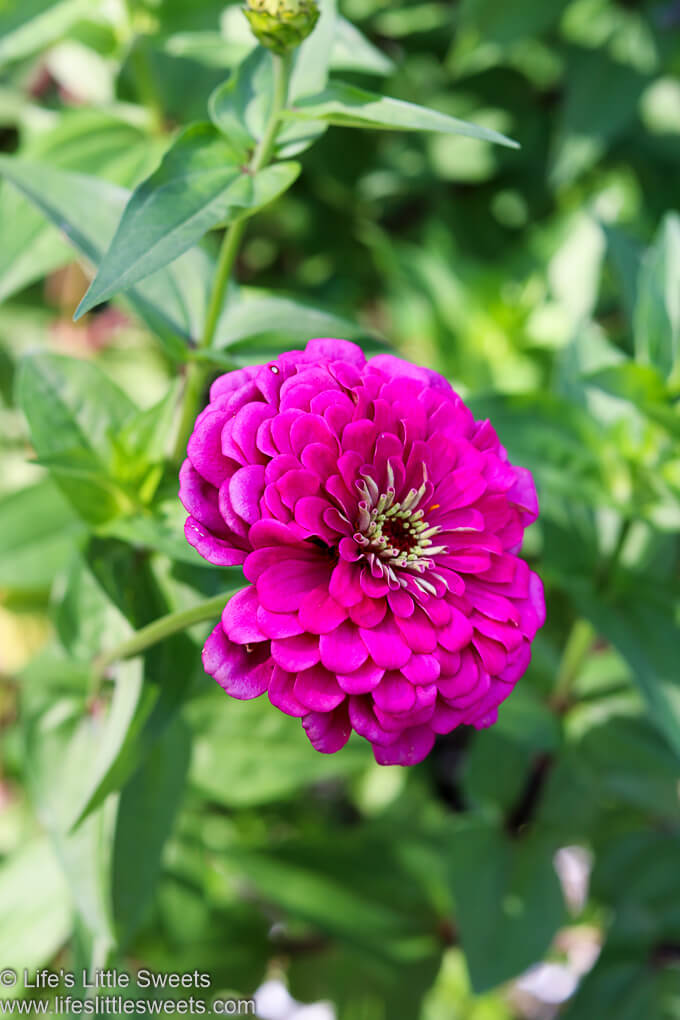
Legal Disclosure: Pressing flowers may be illegal in certain areas or protected national parks, forests, or conservation areas. Before gathering any flowers or plants, it is important to research local regulations and obtain any necessary permits. In addition, some flowers and plants may be toxic or have harmful properties. Always exercise caution when handling and pressing flowers and consult a professional if you have any concerns. The information provided in this article is for educational and informational purposes only and does not constitute legal, professional, or medical advice. The author and publisher are not liable for any damages or negative consequences arising from any person or entity using or relying on the information in this article.
Flowers are beautiful and fleeting, but by pressing them, you can preserve their delicate beauty for years to come. Pressed flowers can be used in a variety of ways, from decorating greeting cards and scrapbooks to creating beautiful art pieces. In this article, we will explore the history of pressing flowers, the different methods of pressing flowers, and the many creative uses for pressed flowers.
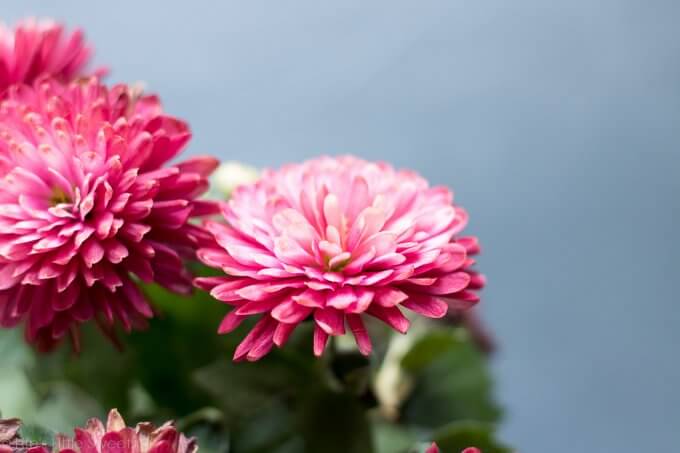
The art of pressing flowers has been around for centuries. In ancient China, flowers were pressed and used for medicinal purposes. The Victorians popularized the practice of pressing flowers as a way to preserve memories and express sentiments. During the 19th century, women collected and pressed flowers as a hobby, creating intricate designs and patterns with their pressed blooms.
Today, pressing flowers has become a popular pastime and a way to create beautiful works of art. With the right tools and techniques, you can easily preserve your favorite flowers and use them to decorate your home or create unique gifts.
Pressed flowers can be used in a variety of ways, from decorating cards and scrapbooks to creating wall art and home décor. They can also be used to create jewelry and other accessories. Some creative uses for pressed flowers include:
The possibilities are endless when it comes to using pressed flowers in your crafting projects.
When it comes to pressing flowers, not all blooms are created equal. Some flowers are better suited for pressing than others, as they hold their shape and color well even after the pressing process. Here are some tips for selecting the best flowers to press:
The fresher the flower, the better it will press. Select flowers that are fully open and have not yet begun to wilt or lose their petals. If possible, pick flowers in the morning when they are at their freshest.
Thin-petaled flowers, such as pansies, daisies, and forget-me-nots, are ideal for pressing as they dry quickly and retain their color well. Avoid flowers with thick or fleshy petals, as they are more likely to develop mold during the pressing process.
Flowers with centers or thick stems, such as roses and dahlias, can be difficult to press evenly and may not retain their shape well. Stick to flowers with flat or thin stems, such as daisies or pansies, for best results.

While some flowers are better suited for pressing than others, don't be afraid to experiment with different types of blooms to see what works best for you. Some flowers, such as hydrangeas and ferns, require special techniques for pressing but can produce beautiful results if done correctly.
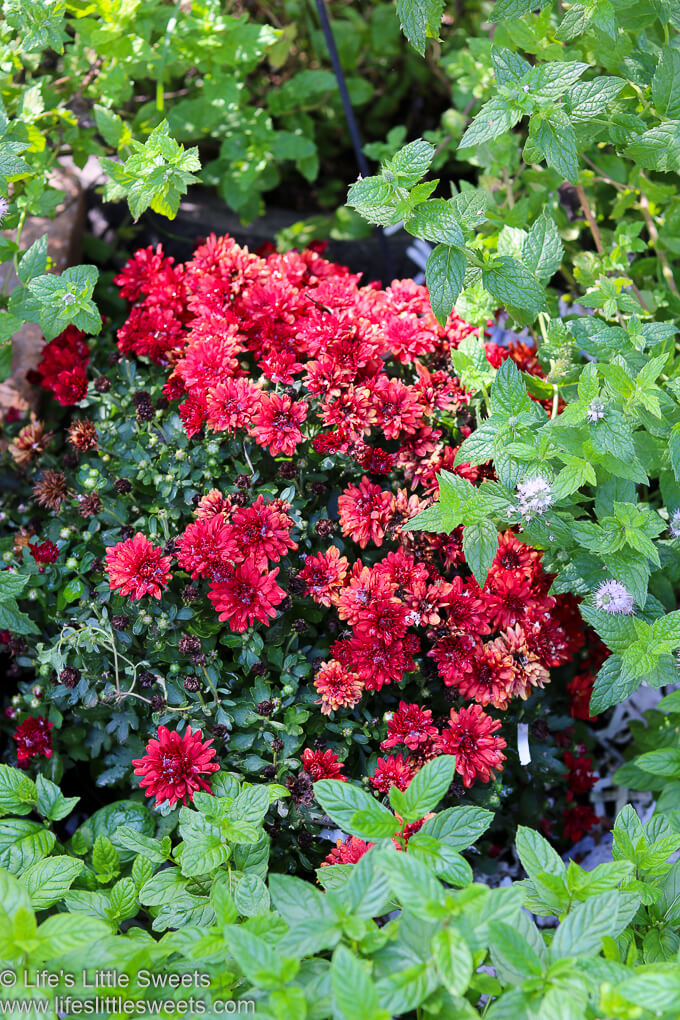
There are several methods for pressing flowers, each with its own pros and cons. Here are some of the most common methods:
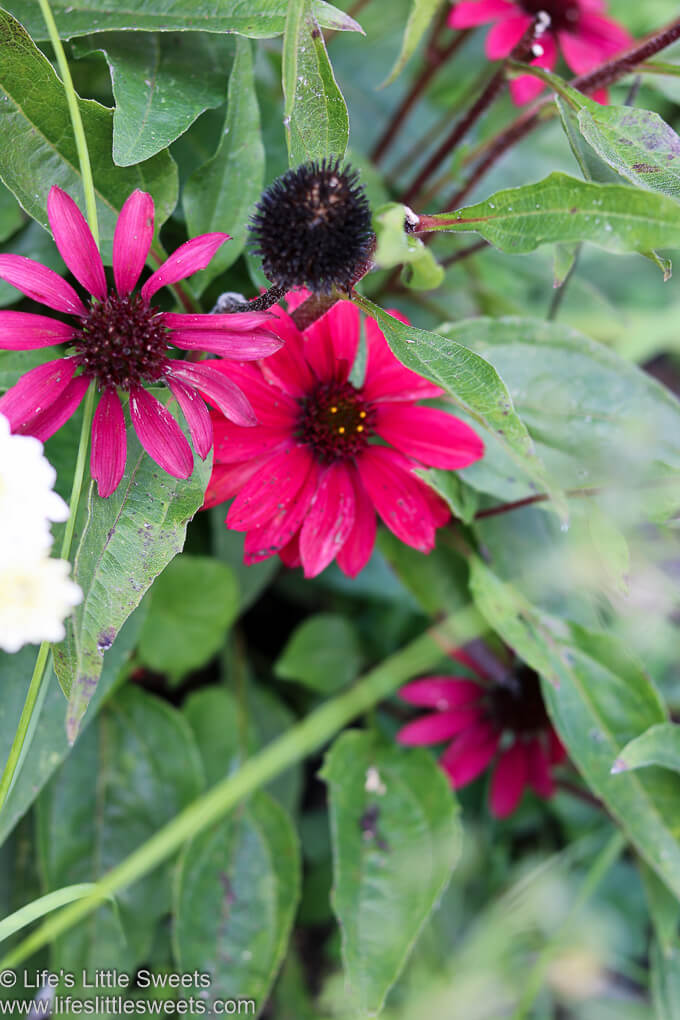
A flower press is a tool specifically designed for pressing flowers. It typically consists of two pieces of wood or metal with bolts on the corners. You can purchase a flower press or make one yourself using cardboard and paper.
To use a flower press, simply place your flowers between two sheets of paper and tighten the bolts. Leave the flowers in the press for several days until they are completely dry.

Another popular method for pressing flowers is using books. To do this, place your flowers between two sheets of paper and then put them in the middle of a heavy book. Stack more books on top and leave them for several weeks until the flowers are completely dry.
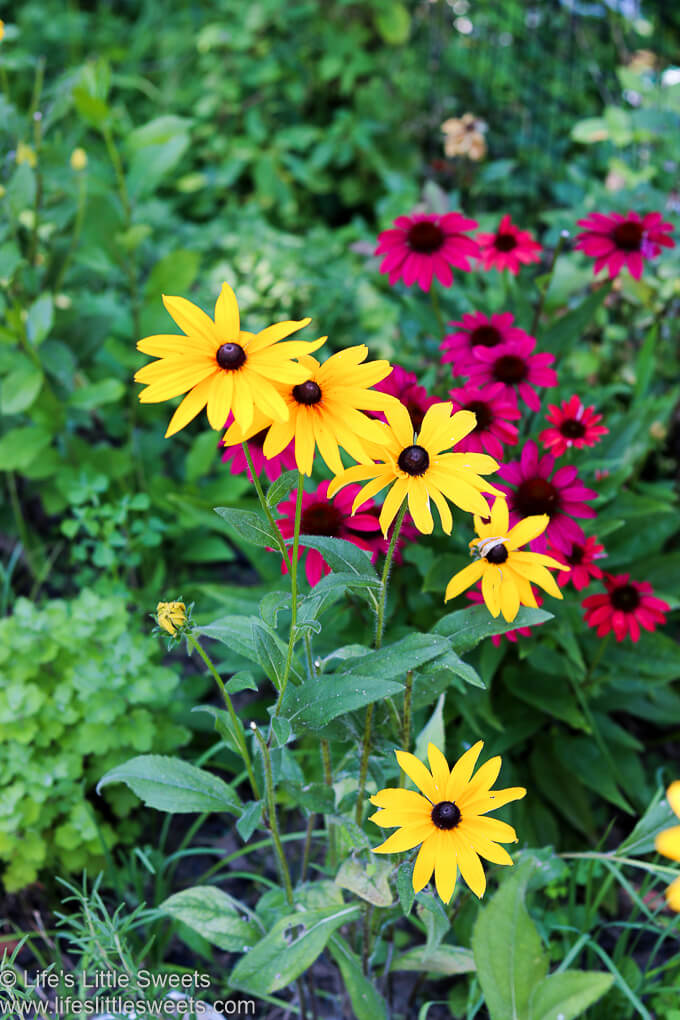
If you're short on time, you can also press flowers in the microwave. To do this, place your flowers between two sheets of paper and then place them in the microwave with a cup of water. Heat the flowers in short intervals until they are completely dry.
No matter which method you choose, be sure to choose flowers that are in good condition and at their peak bloom. Also, be sure to handle the flowers gently to avoid damaging them.
If you don't want to press your own flowers or do not have the time, rest assured, you can buy pressed flowers and get them delivered right to your door! This is also a great option if you love pressed flowers but do not have access to flowers for pressing.
Pressing flowers is a beautiful way to preserve the fleeting beauty of nature. Whether you're creating art pieces or decorating cards, the possibilities are endless when it comes to using pressed flowers. With the right tools and techniques, you can easily create your own unique works of art that will be treasured for years to come.
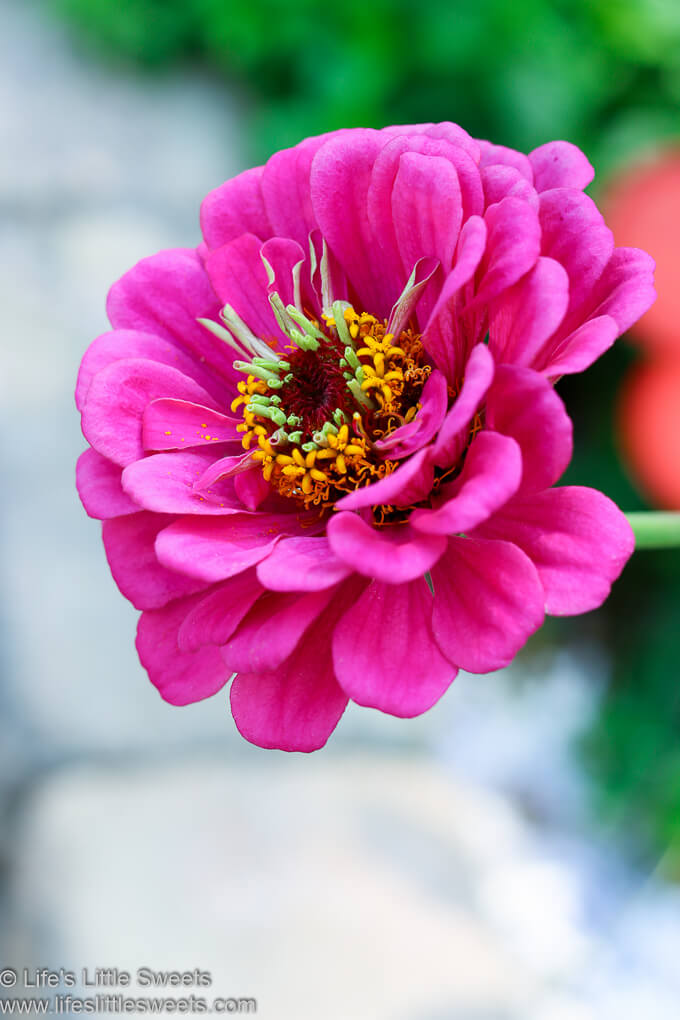
This site uses Akismet to reduce spam. Learn how your comment data is processed.
Leave a Reply
You must be logged in to post a comment.